
COOL JAPAN HOUSE
Completely Free-design and Custom-built House
Japan's Roof Nagano Prefecture
About Nagano Prefecture
Nagano Prefecture, located near the center of Honshu (Japan’s main island), is renowned as a mountainous region where approximately 80% of its land area consists of mountains. These majestic peaks, including those with elevations around 3,000 meters, are often referred to as “Japan’s roof.” Due to being surrounded by high mountains, Nagano experiences minimal impact from typhoons and the rainy season, making it an ideal destination for various high-altitude resorts and also a comfortable region for living. Notably, popular ski resorts like “Hakuba” and “Shiga Kogen,” as well as national treasure such as the “Matsumoto Castle” and “Zenkoji Temple,” can be found here.
"Shinshu” allows you to enjoy a lifestyle in harmony with nature.
Why Choosing Nagano Prefecture?
Indeed! Nagano Prefecture, known as “Nagano-ken”(長野県) in Japanese, is situated in the heart of Honshu, Japan’s main island. Here are some interesting facts about Nagano:
- Geographical Center
Nagano is a mountainous, landlocked prefecture belonging to the Chubu Region. It occupies a central position on Honshu, making it accessible from major cities like Tokyo, Nagoya, Osaka and anywhere you wish to go in Japan. The Hokuriku Shinkansen connects Nagano and Tokyo, and the journey takes approximately 1 hour 20 minutes. There are 3 types of train operated, it includes Kagayaki, Hakutaka, and Asama, the train runs frequently throughout the day, starting as early as 6:00 AM.
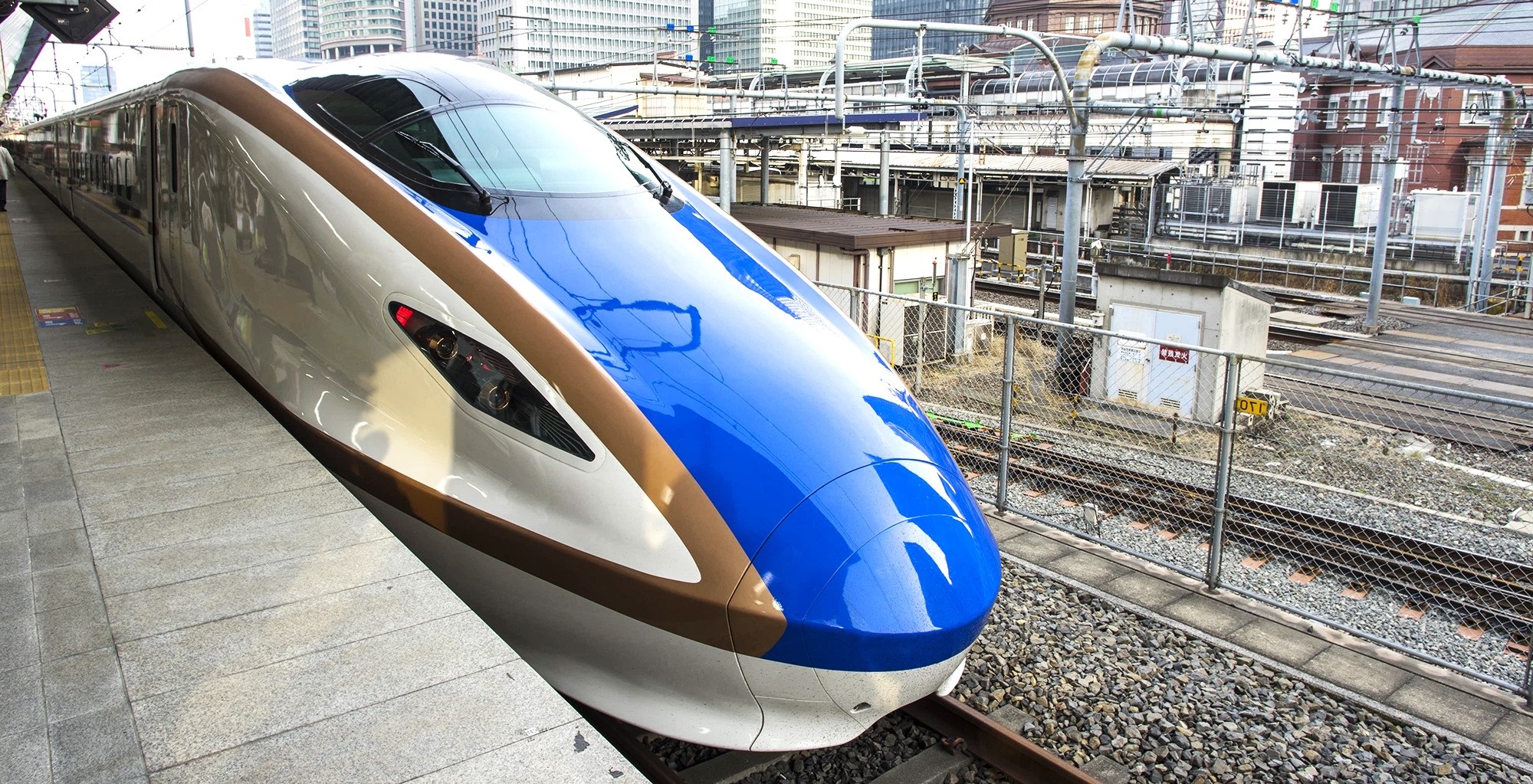
- Natural Beauty of Nagano
The prefecture boasts rich nature and spectacular landscapes. Forests cover approximately 80% of Nagano, and its mountains rise above 3,000 meters. The Japanese Alps run through Nagano, providing stunning vistas and outdoor recreational opportunities. Nagano Prefecture, nestled in the heart of Japan, boasts captivating natural beauty that draws visitors from far and wide. Here are some must-see spots:
Jigokudani Snow Monkey Park:
In the Jigokudani Valley, you will encounter adorable “Snow Monkeys” soaking in hot springs. These onsen-loving Japanese monkeys have made this place their own, and you can observe them up close in their natural habitat.
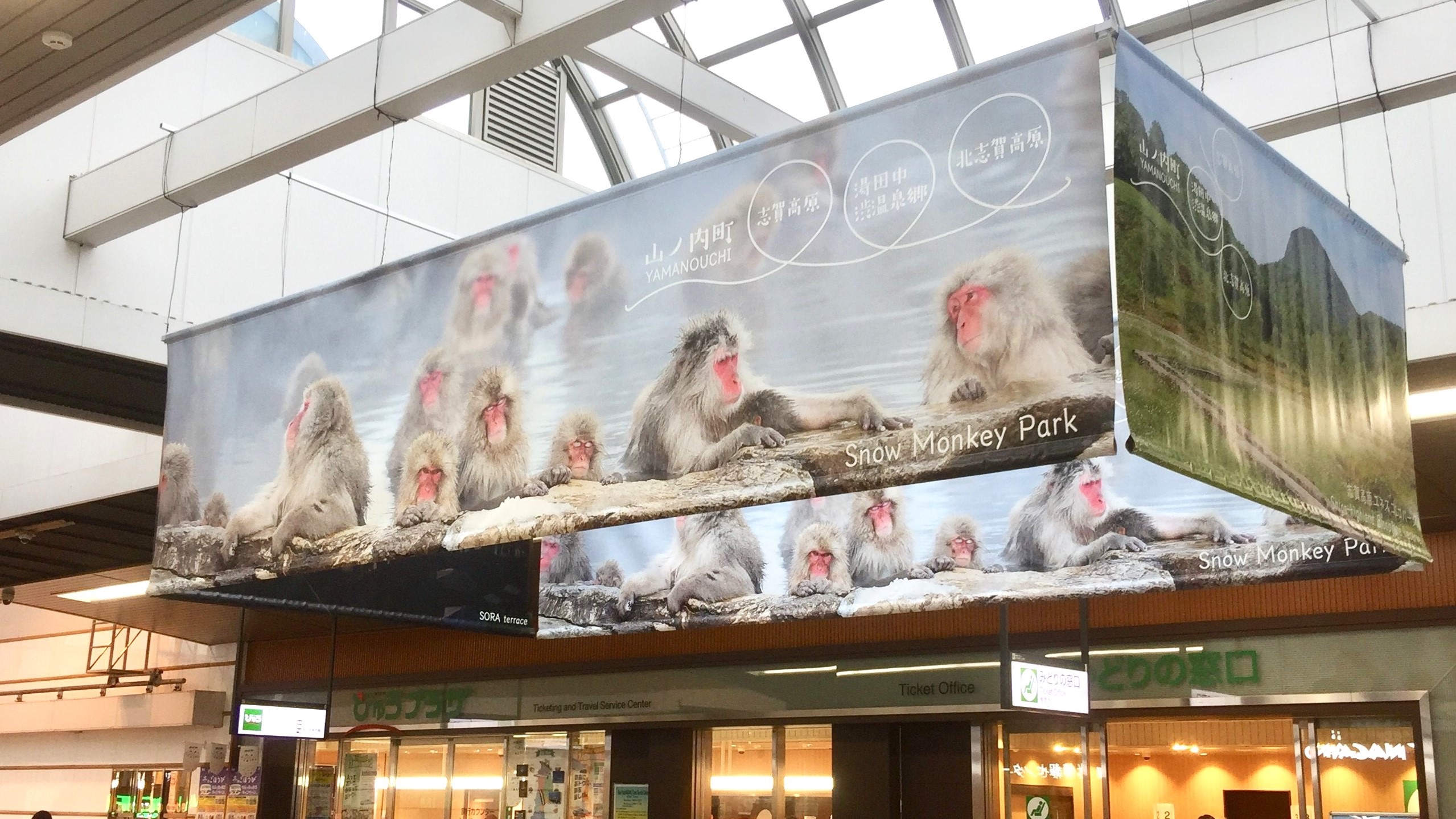
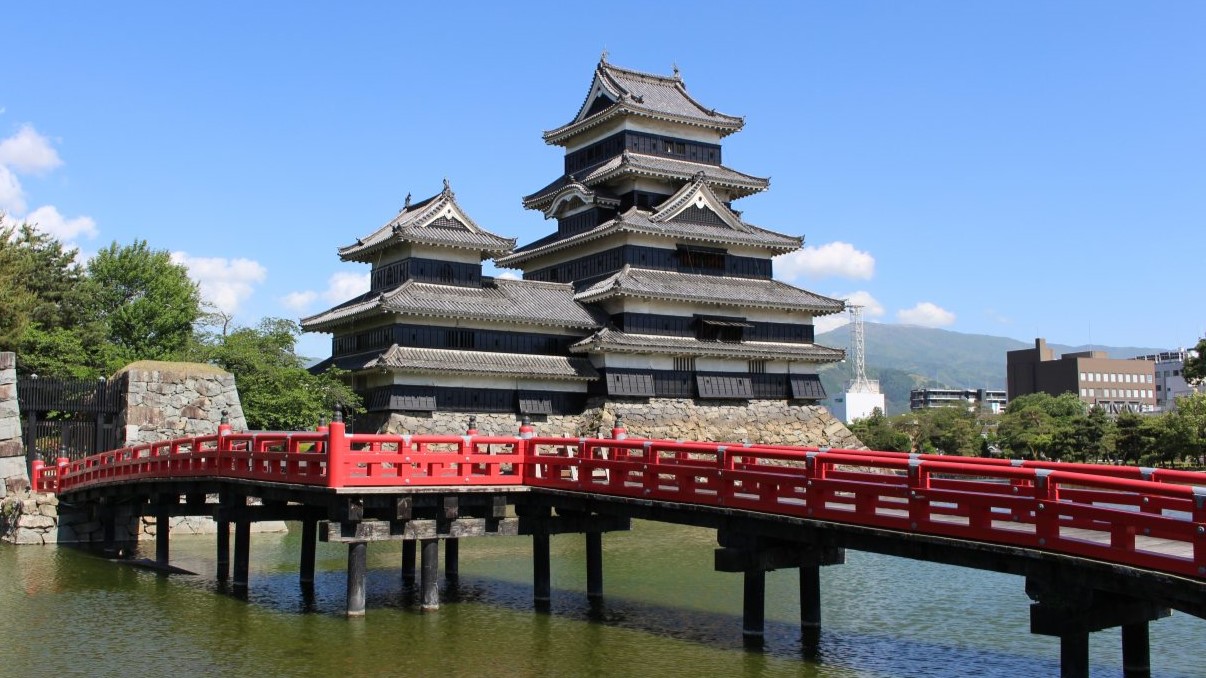
Matsumoto Castle:
A National Treasure, Matsumoto Castle stands against the backdrop of the Northern Japanese Alps. Its black-and-white exterior contrasts beautifully with cherry blossoms during mid-April. You can climb all the way up the castle’s steep stairs to the top of the castle to enjoy panoramic views of Matsumoto City.
Zenkoji Temple:
With over 1,400 years of history, Zenkoji Temple is a national treasure. It houses the first Buddhist icon brought from India to Japan, making it an essential pilgrimage spot. Visitors can experience Zazen meditation and sutra-copying exercises here.
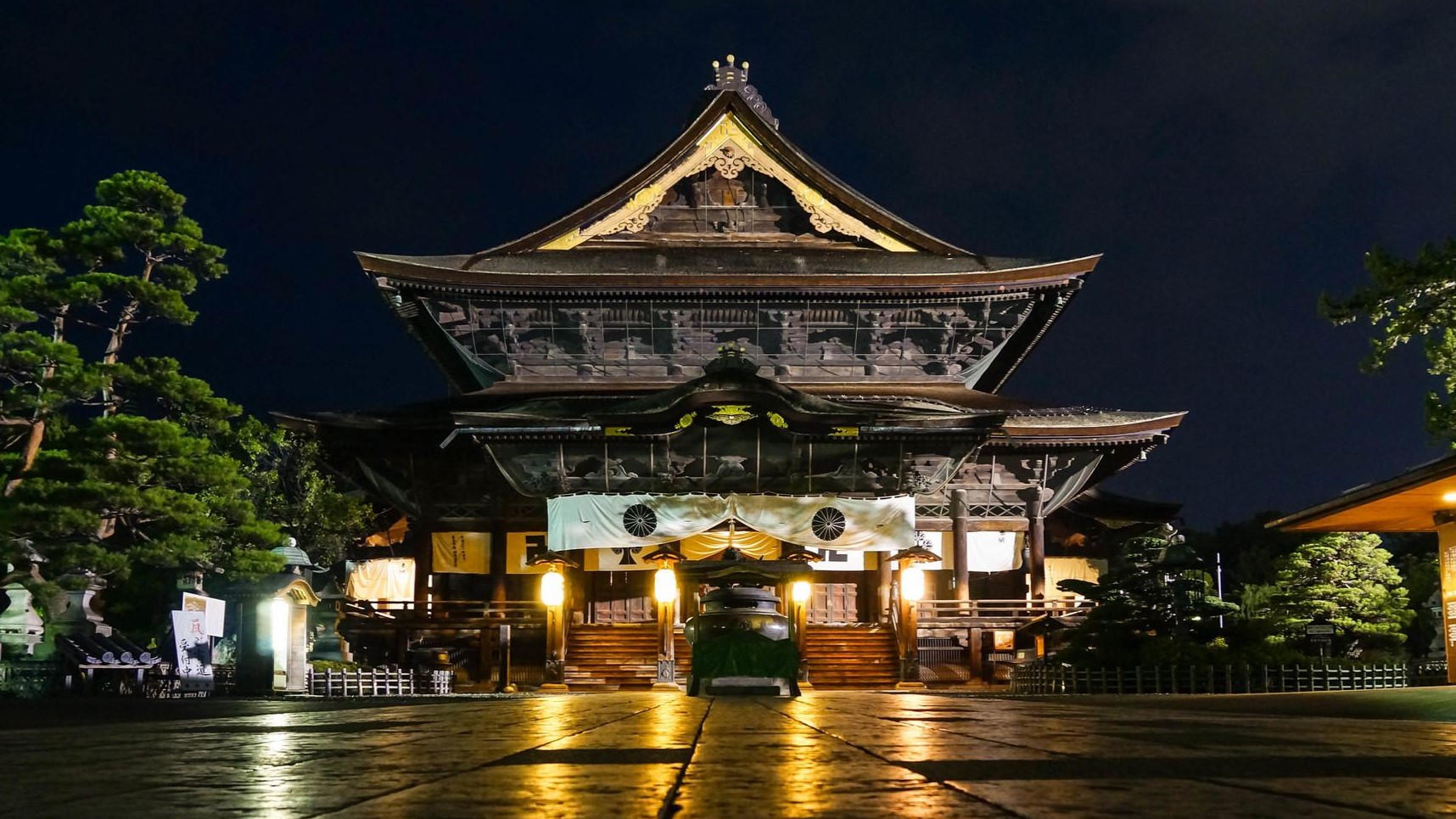
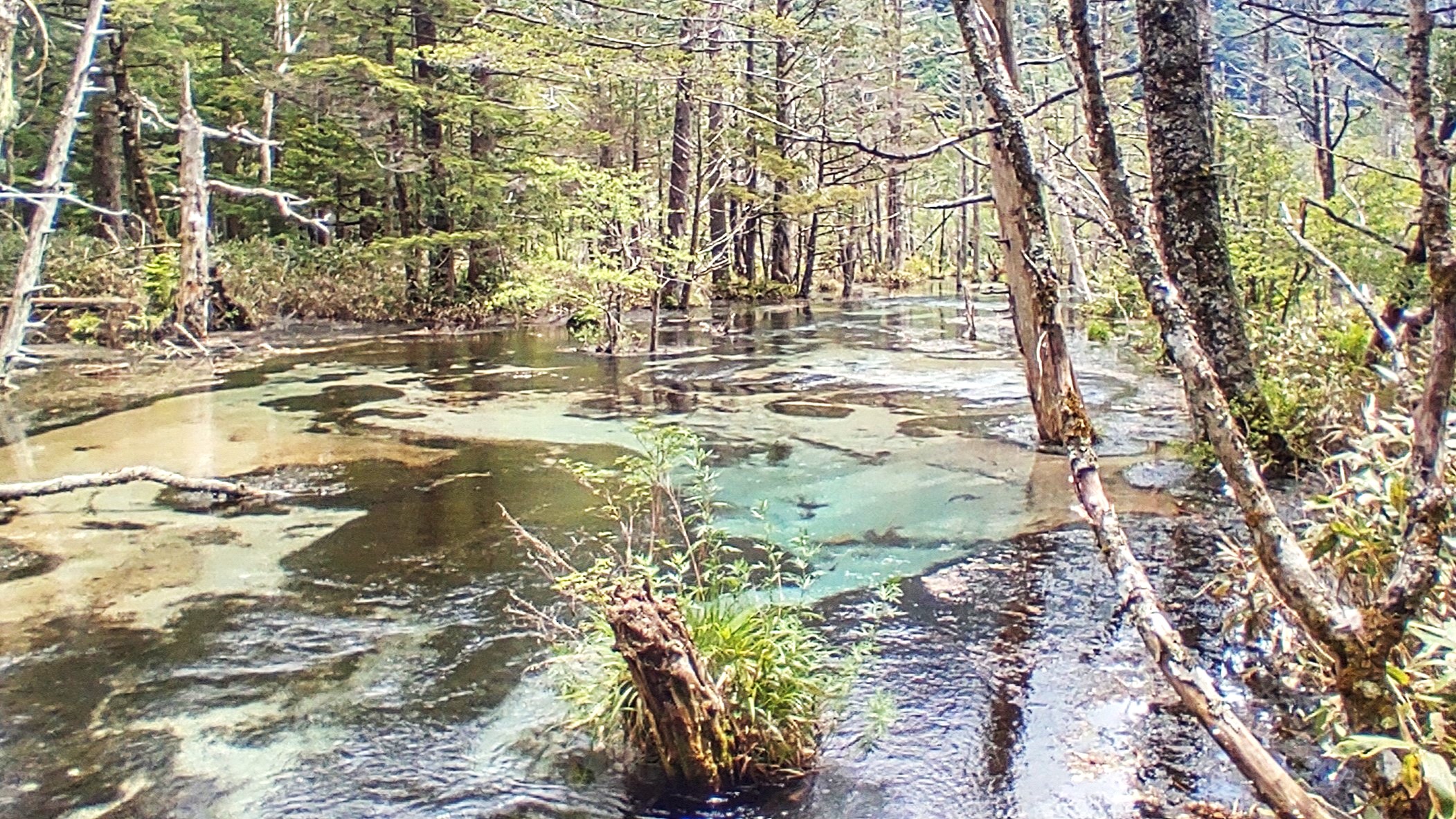
Kamikochi:
At the base of the Northern Japanese Alps lies Kamikochi, an idyllic basin with crystal-clear water and lush forests. The views of the Hotaka mountain range from Kappa Bridge are awe-inspiring, making it a favorite among nature enthusiasts
These are just a few highlights—Nagano’s rugged mountains, clear rivers, dense forests, and traditional landscapes offer even more natural wonders to explore. Whether you’re a wildlife enthusiast, history buff, or simply seeking tranquility, Nagano won’t disappoint!
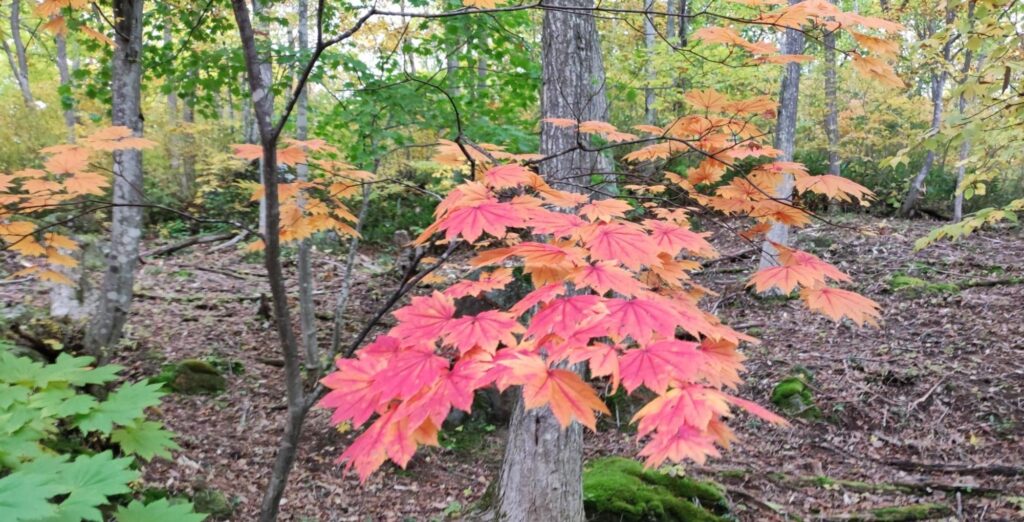
- Nagano Winter Olympic Game 1998
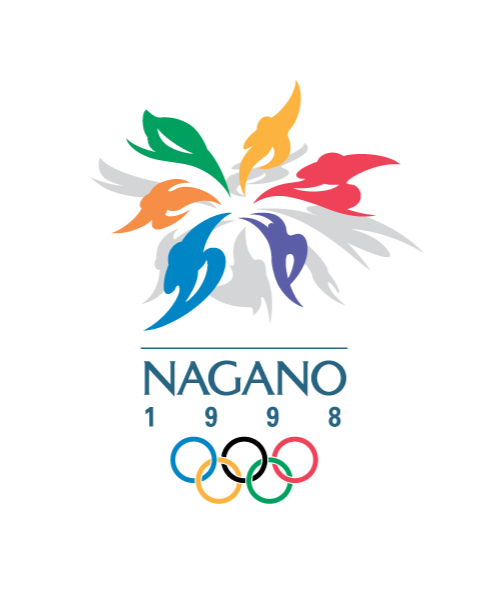
Nagano gained international recognition when it hosted the Olympic Winter Games in 1998. The city of Nagano itself is surrounded by mountains and is renowned for its ski areas. The events were mainly held in the city of Nagano and the nearby towns of Yamanouchi, Hakuba, Karuizawa, and Nozawaonsen. With its motto of ‘Coexistence with Nature,’ the host nation prioritized environmental concerns across various aspects, including the venues, furniture in the Athletes’ Village, and officials’ clothing.
- Abundant Natural Environment
Nagano is surrounded by mountains, offering clean air and beautiful landscapes. This natural environment positively influences water quality, and Nagano has many springs selected for the “Hundred Famous Waters” (Meisui Hyakusen:名水百選) list. These springs originate from the region’s natural sources and contribute to the water’s taste and quality. The mineral-rich cold and clean water is a gift from nature and a source of pride for the local community.
- Known as the "Fruit Kingdom"
Nagano Prefecture is known for its abundant fresh and naturally grown fruits, the reasons behind this are the sunlight exposure and day-night temperature variation.
Nagano region, with its sunny climate and low rainfall, provides abundant sunlight. This makes it an excellent place for fruit to grow. When fruits receive plenty of sunlight, they accumulate essential nutrients through photosynthesis, resulting in their delicious taste. Additionally, Nagano’s inland climate features warm days and cool nights. This temperature variation allows fruit trees to efficiently use the nutrients they store during the day, leading to sweet and nutritious fruit.
